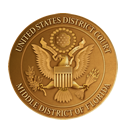In the early 1800s, Florida was a United States Territory. It had two courts, one in St. Augustine for East Florida, and the other in Pensacola for West Florida. Like all other states at the time, Florida had only one federal district court when it became a state in 1845.
Florida later was divided into Northern and Southern Districts. Fort Myers was part of the Southern District. The district’s judges traveled from courthouse to courthouse around the state to hear and resolve cases.
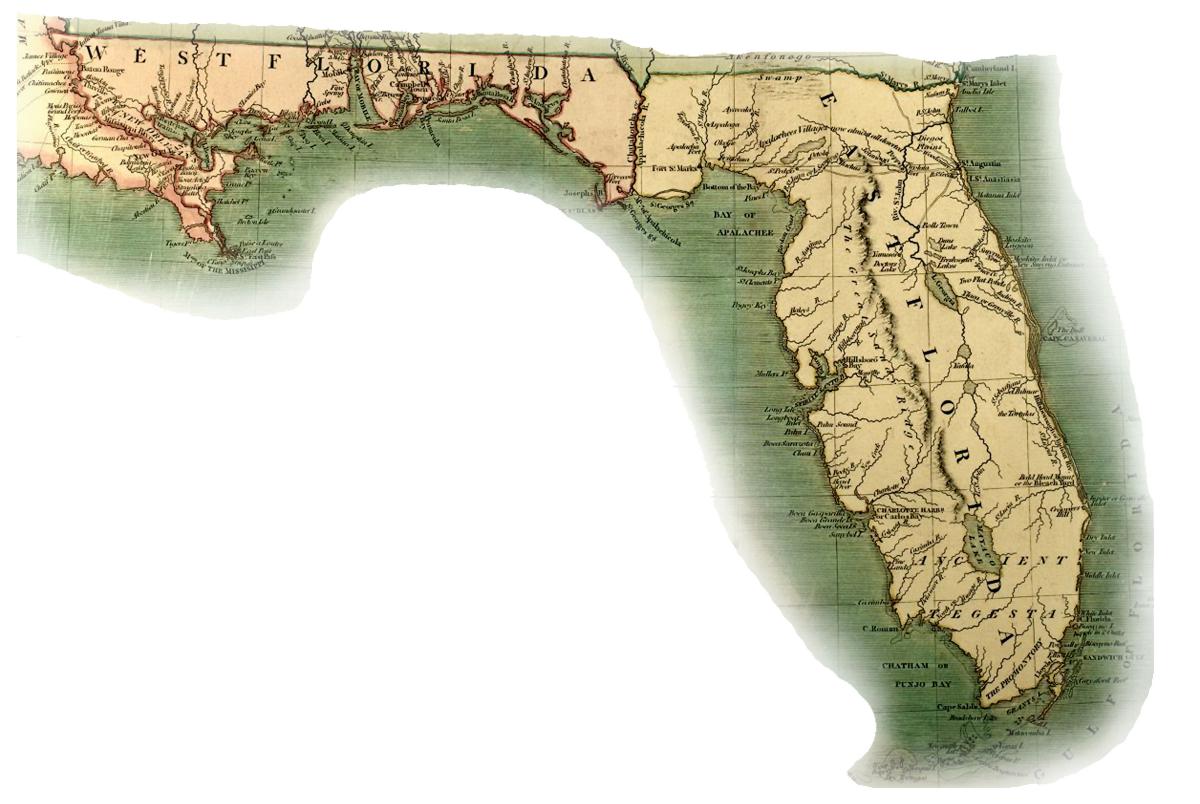
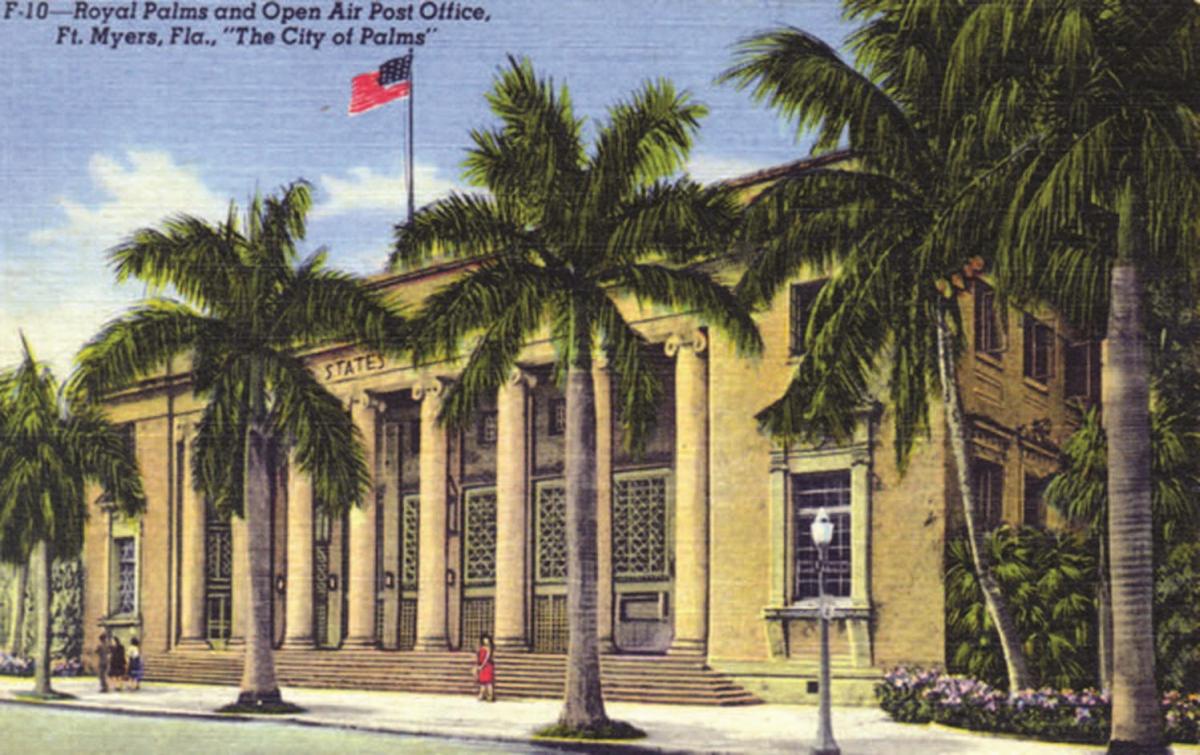
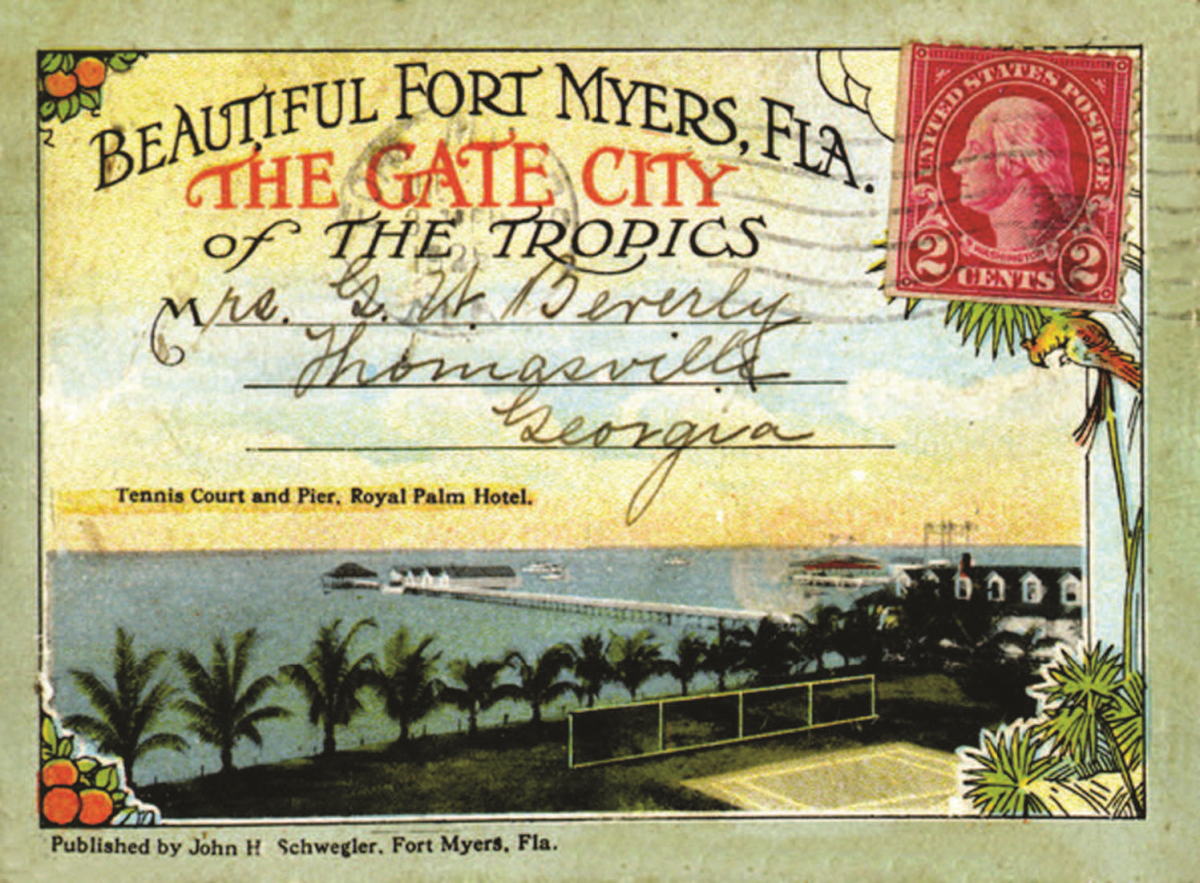
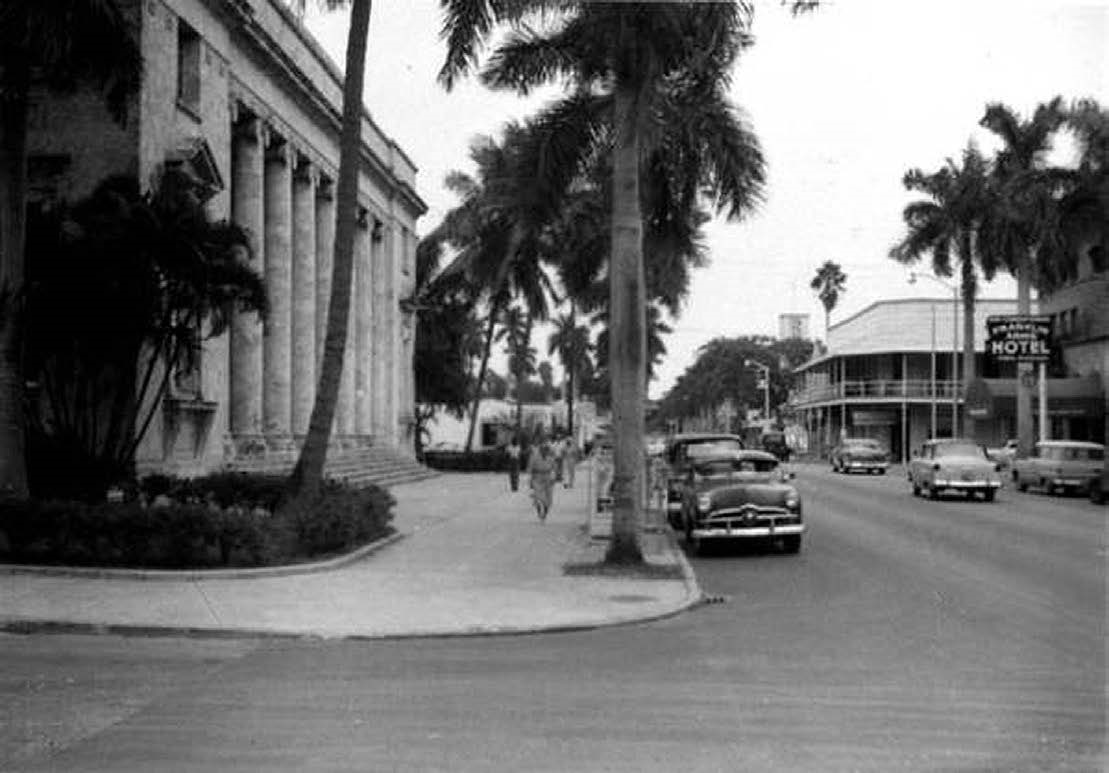
(left to right) A map of Florida, circa 1806; the Fort Myers Post Office, 1933; a postcard from Fort Myers; the Fort Myers Post Office,1950s
The Creation of the Middle District
By the 1960s, the caseload of the Southern District had risen dramatically, and the district suffered the largest backlog of cases in the nation. In 1962, Congress approved the creation of the Middle District of Florida, the first new federal court district created since 1928. In its first decade, the caseload of the Middle District surpassed that of the Southern District.



The Fort Myers Federal Courthouses
The first place in which the federal courts permanently held court proceedings in Fort Myers was the Fort Myers Post Office built in 1933, on the corner of First and Jackson Streets. In 1962, the ground floor of the post office was turned into a courtroom with the old vault used as a holding cell for prisoners awaiting trial. A peephole in the door and a back door exit provided the only security for the judges.
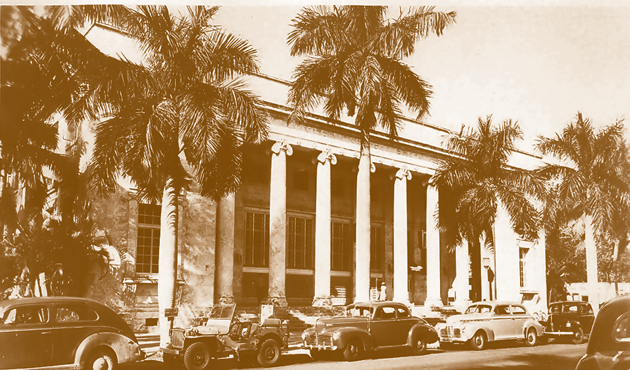 Constructed by the Works Project Administration, the building is unique in Fort Myers for its use of Florida Key limestone. Coral formations and seashells are visible in the building’s walls. The building was renamed the Whitehurst Federal Building in 1983 in honor of George W. Whitehurst, the first judge in Florida to be appointed to serve both the northern and southern federal court districts. The building is still in use today as the Sidney and Berne Davis Art Center.
Constructed by the Works Project Administration, the building is unique in Fort Myers for its use of Florida Key limestone. Coral formations and seashells are visible in the building’s walls. The building was renamed the Whitehurst Federal Building in 1983 in honor of George W. Whitehurst, the first judge in Florida to be appointed to serve both the northern and southern federal court districts. The building is still in use today as the Sidney and Berne Davis Art Center.
An Alternative History of Fort Myers
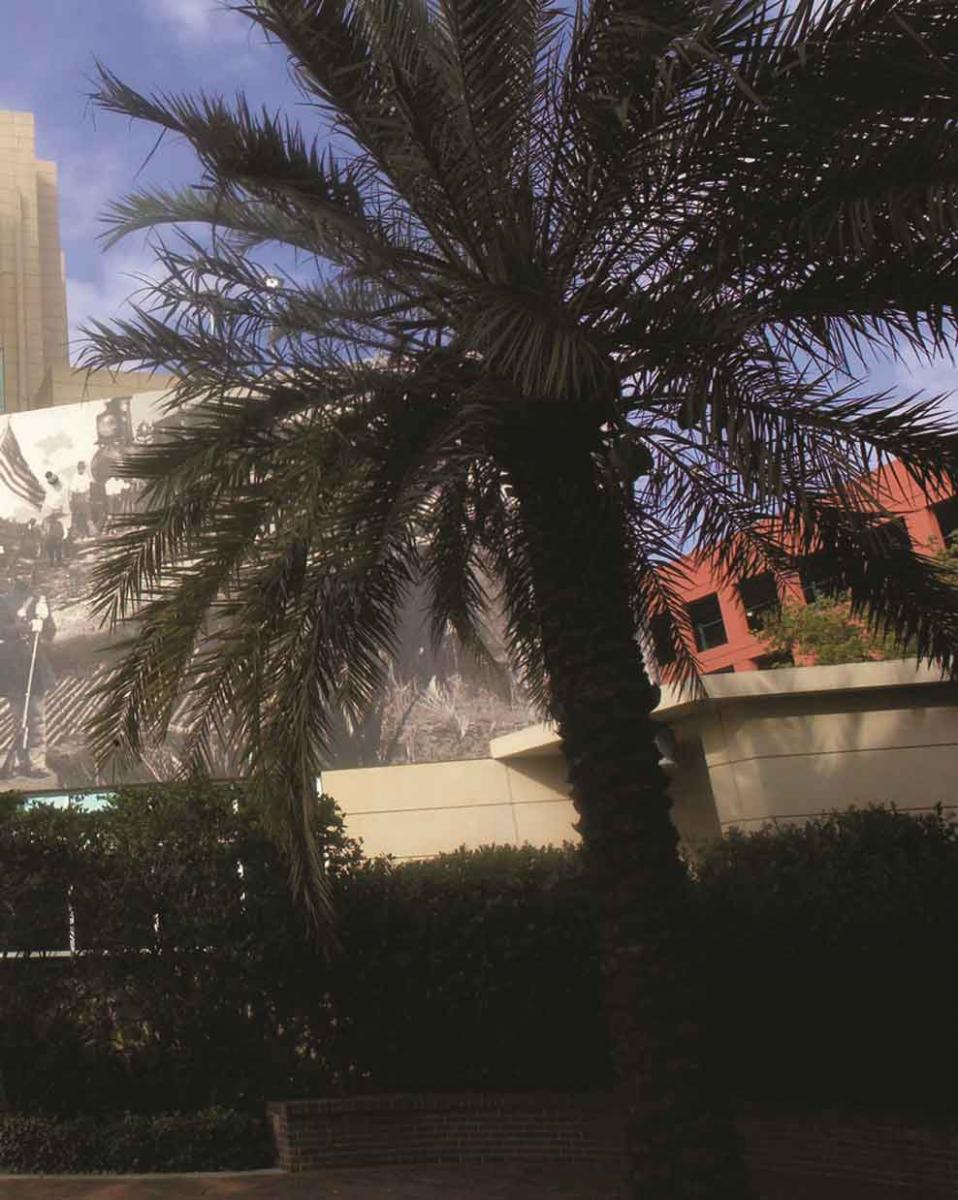 In a small courtyard behind the federal building on an exterior patio is a 20-by-100-foot tile mosaic mural by University of Florida arts instructor, Barbara Jo Revelle. The mural depicts the history of Fort Myers—from its ties to the Seminole Indians, the Caloosahatchee River, and the railroad, to its past as an agrarian economy and fort during the Seminole Indian Wars.
In a small courtyard behind the federal building on an exterior patio is a 20-by-100-foot tile mosaic mural by University of Florida arts instructor, Barbara Jo Revelle. The mural depicts the history of Fort Myers—from its ties to the Seminole Indians, the Caloosahatchee River, and the railroad, to its past as an agrarian economy and fort during the Seminole Indian Wars.
Revelle spent two years pouring through historical documents and creating the piece from thousands of colored tiles. This homage to the city’s past was installed in 1999.
Reville dedicated the mural to the Native Americans who died in the Seminole Wars, the African-American Union soldier killed in the Battle of Fort Myers, and the laborers in the cattle and railroad industries.
—Barbara Jo Revelle
